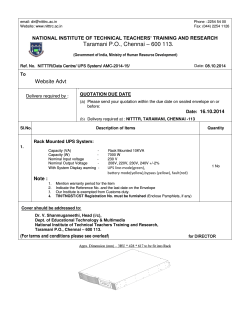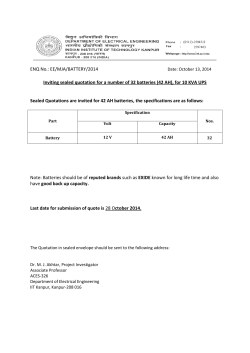
Say-Mean-Matter: Diction and Setting
Say-Mean-Matter: Diction and Setting Resource 3.4 A writer’s diction, or choice of words, helps the reader to travel to the specific place and time that makes up the novel’s setting. It also creates the tone and mood of the story. Read and analyze each of the following quotations from the first chapter of To Kill a Mockingbird to help you get a better understanding of Harper Lee’s diction and setting. For the last row of the chart, use your book to find another quotation that shows how Harper Lee uses language to create her setting, tone, or mood. Say Mean Matter Write your quotation, or the actual words of the author from the text. Paraphrase the text. What is the meaning of the quotation? What effect do the words have on you, the reader? What do they tell you about the setting, mood, or tone of the novel? Years later, we were able to think back and talk about what happened that caused Jem’s injury. The language is formal and the narrator is telling us that her family didn’t talk about the accident when it happened. It sounds serious. The narrator is also telling us about something that happened in the past. “When enough years had gone by to enable us to look back on them, we sometimes discussed the events leading to his accident.” “Being Southerners, it was a source of shame to some members of the family that we had no recorded ancestors on either side of the Battle of Hastings.” “Maycomb was an old town, but it was a tired old town when I first knew it. In rainy weather the streets turned to red slop; grass grew on the sidewalks, the courthouse sagged in the square.” “People moved slowly then. They ambled across the square, shuffled in and out of the stores around it, took their time about everything. A day was twenty-four hours long but seemed longer.” 70
© Copyright 2025





















